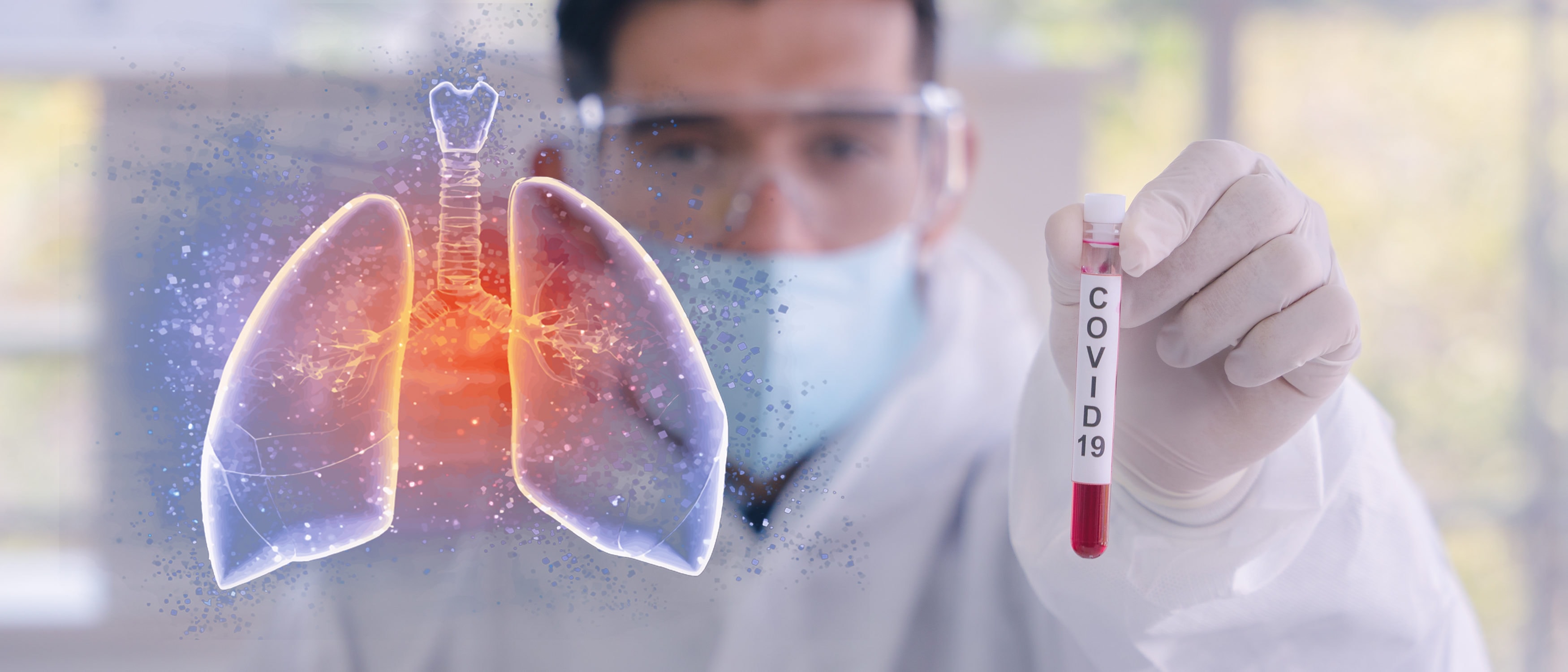
A research effort that looks at the rate of new coronavirus infections as an indicator of whether COVID-19 is spreading faster or slower suggests that Florida is among a small handful of states entering a safe era of declining contagion.
That’s according to a model developed by the founders of Instagram, who’ve turned their data talents into creating a new way of tracking the coronavirus pandemic in the United States, and posted their findings online.
Their model looks at a running average of new cases reported, compared with previously, to determine whether the risk of infection is greater or worse than it has been. A rating of 1.0, which they call their Rt index, means the virus is spreading at a steady rate.
The results: at least through Monday, based on preliminary data analyses with Mike Krieger, Kevin Systrom, and Thomas Vladeck‘s Rt calculations, Florida’s Rt rate of new infections has fallen to 0.8 new cases per existing case, and not even the worst-case scenario point in Florida’s probability range quite reaches 1.0.
That means Florida appears to have passed the threshold of epidemic. There now are fewer new cases of COVID-19 emerging than are likely being cleared. The virus epidemic is subsiding.
Florida’s among a large number of states that have seen their mean Rt rating drop below 1.0 in the past couple of weeks. Yet Florida is in a much smaller group of states where the worst-case scenario calculations also are below 1.0. The others are Michigan, Texas, Louisiana, Georgia, New York, California, and New Jersey. All of them should be improving, the model suggests.
“Being able to compare local Rts between different areas and/or watch how Rt changes in one place can help us measure how effective local policies are at slowing the spread of the virus,” Systrom wrote in a blog post accompanying the results.
“Tracking Rt also lets us know when we might loosen restrictions,” he continued. “Any suggestion that we loosen restrictions when Rt [is greater than] 1.0 is an explicit decision to let the virus proliferate. At the same time, if we are able to reduce Rt to below 1.0, and we can reduce the number of cases overall, the virus becomes manageable. Life can begin to return to ‘normal.’ But without knowing Rt we are simply flying blind.”
Systrom and Krieger founded Instagram and now the two Silicon Valley entrepreneurs have turned their attention toward developing a modeling website for the new coronavirus.
The two based their coronavirus epidemic model on established epidemiological models, tweaked to take advantage of the massive amount of daily and localized data being produced by states and local governments for the coronavirus pandemic. Their effort tracks seven-day averages for new infections, with a five-day lag to take incubation periods into account. It also adjusts for the testing variances found from state to state.
Because some states have low populations and low numbers of cases, the ranges of possible values for the “Rt” infection rate vary considerably, and the researchers reflect that by shading gray areas above and below the lines they draw of most probable Rt values. For example: Maine, with few people and few cases, has a broad range of possibilities for the Rt value. Florida has a pretty narrow range by comparison.
Systrom argues that policy makers should pay attention to the ranges, not the Rt values identified as most likely.
“Maine looks to have reduced Rt below 1.0, but the gray band [of ranges from best-case to worst-case scenarios] shows us that we cannot safely conclude we are below the safety threshold, since it’s possible that Rt is still above 1.0. In this case, restrictions should continue,” he argued.
Florida’s entire range of possibilities now is below 1.0.
One point of caution: the model tracks from March 15 through Monday. In most cases the model shows a peak and then a steady fall, and then something of a leveling off. In Florida’s case the leveling off has occurred with an Rt rating of between 0.78 and 0.80, steady several days. That means new cases are appearing, but on a daily basis more cases are likely closing, meaning the total number infected people on any given day is going down a little bit.
However, some states have seen their values rise again from a leveling off, if ever so slightly. Indiana, in particular, reached a low point with an Rt value 0.93, but has since seen that value rise to 1.05. That means the virus appears to have gone from dissipating to gaining momentum again.
And government leaders will be paying attention to Rt values. New York Gov. Andrew Cuomo, during a Tuesday press conference, listed identifying communities with Rt values greater than 1.1 as a red flag for a new lockdown as the idea of reopening enters the American psyche.




3 comments
Just sayin'
April 29, 2020 at 2:35 pm
Couldn’t find any mention of this on any other major Florida news outlet’s website. I guess “if it bleeds it leads” is the only thing anyone else cares about. Thanks for presenting a bit of balance to the constant fearmongering out there.
Maria
April 29, 2020 at 3:41 pm
COVID deaths appear to be declining, but new cases are all over the place. I don’t see a steady pattern.
Basic Science Ed should be mandatory
April 30, 2020 at 8:36 am
We’re testing more, so cases are rising. Multiple studies (from Sweden to San Francisco) have shown that this is a lot more widespread than we thought, and that the death rate from this thing has been greatly overestimated.
Comments are closed.